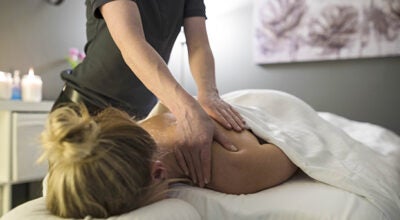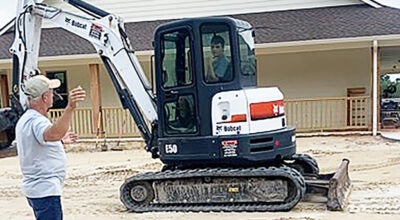Chicken raising was once profitable in Orange
Published 11:31 am Saturday, October 7, 2017
By Mike Louviere
And Now You Know
A.L. Ford, the publisher for the Orange Daily Leader in 1909, raised chickens and was quick to tell people about the amount of money he made raising chickens.
The Port Arthur News and the Orange Daily Leader were sort of “journalistic sparring partners” in the early 20th Century and were always commenting on each other’s activities, such as the chicken raising of Publisher Ford.
The News stated that they were told by a Leader staff member, “We have a yard full of chickens but the boss says they are too fine to kill and eat. We had to pay the butcher sixty cents for a measly little old chicken for Sunday dinner yesterday. Of course, there is money in chickens.”
On the more “legitimate” side of poultry raising; there was J.F. Armstrong, the manager of Sabine Farm and Poultry Yards in Brunner Addition.
Armstrong raised White Wyandotte chickens. White Wyandottes are a husky, round bodied chicken, they are excellent for both egg and meat production. They lay brown eggs and have a firm yellow flesh. In those years, they were highly prized to be the main dish on the Sunday dinner table.
Armstrong was reported to have had an excellent record with his White Wyandottes in the first three months he had them on the farm. In early January, he bought five dozen pullets and by the middle of February they had begun laying eggs.
“Aided by his wife he has sold over $100 worth of eggs and has nearly 200 young chicks growing off beautifully. The chicks are, or soon will be, worth $1 to $2 each. So, the product at the start is close to $250 for two and a half months, or easily at the rate of $1,000 a year for 60 hens,” reported the Leader.
The article went on to explain that at Sabine Farms was a well cultivated and irrigated truck farm of seven or eight acres. Some of the crops raised there were cabbage, beets, beans, and other vegetable crops.
It was also reported that the cantaloupe and watermelon production was looking good for the year. The entire farm while slightly over eight to nearly ten acres, was said to have generated as much income as “any hundred acre farm where cotton is the main dependence.”
The poultry department was under the care of Armstrong, aided by his wife.
Sam London of the Cove bought some of Armstrong’s White Wyandotte eggs to start his own production of the chickens. London also bought a setting of 15 Pekin Ducks. He raised 13 of the ducks and “declared they each laid an egg a day for a year.”
He said he “never saw such a mill for grinding out eggs”.
London told of northern “duck men” who were making a fortune raising ducks and selling duck eggs.
Sabine Farm was designed and established by F.H. Farwell, an executive with Lutcher and Moore Lumber Company. The farm was near Sabine Kennels, Farwell’s world famous kennels for the breeding and showing of Smooth Coat Fox Terriers.
It seems that in the early decades of the 20th Century that Orange had a very diversified agriculture economy.
In later years, rice production would become king, but that’s another story…..
“And now you know”





